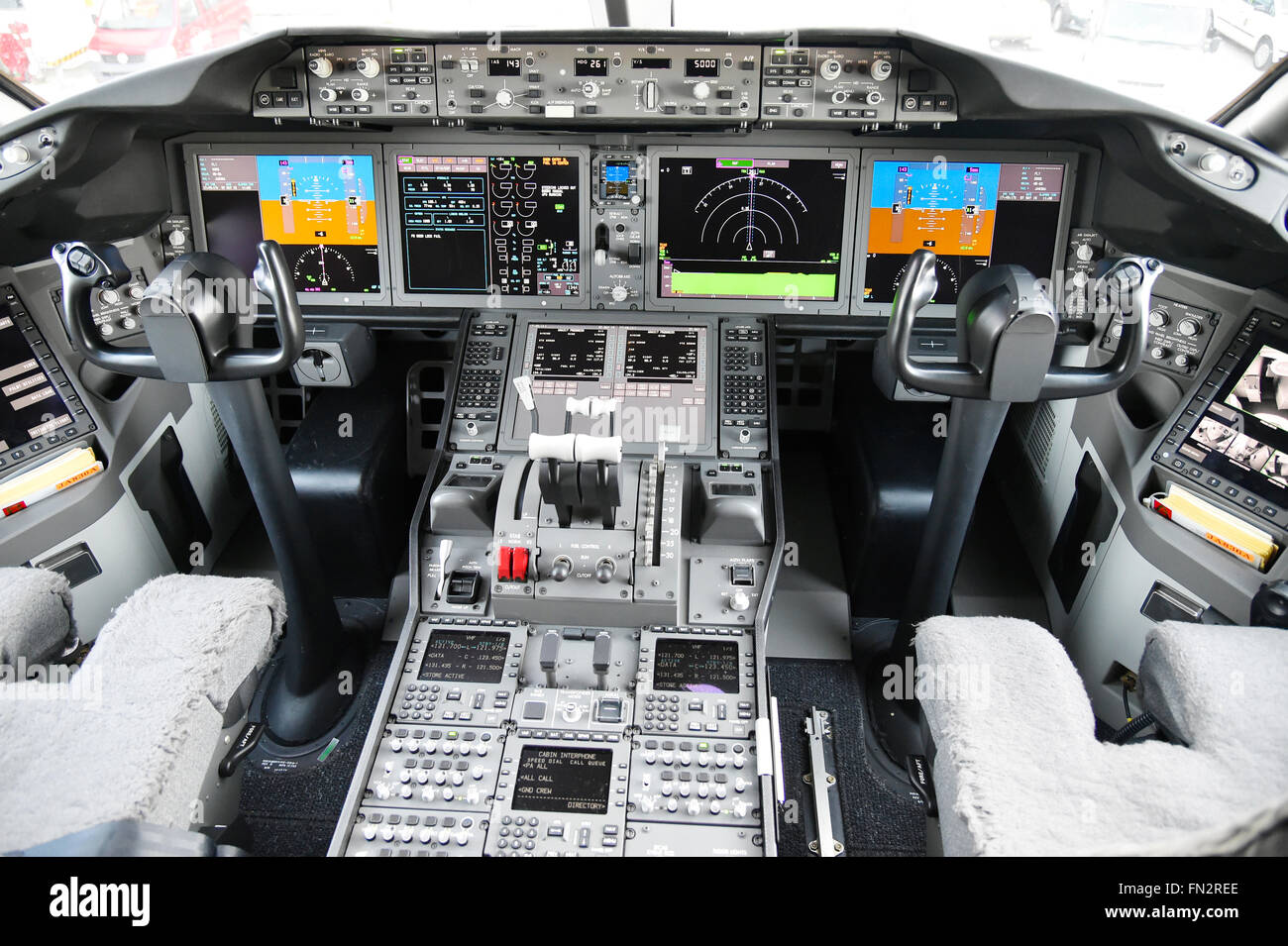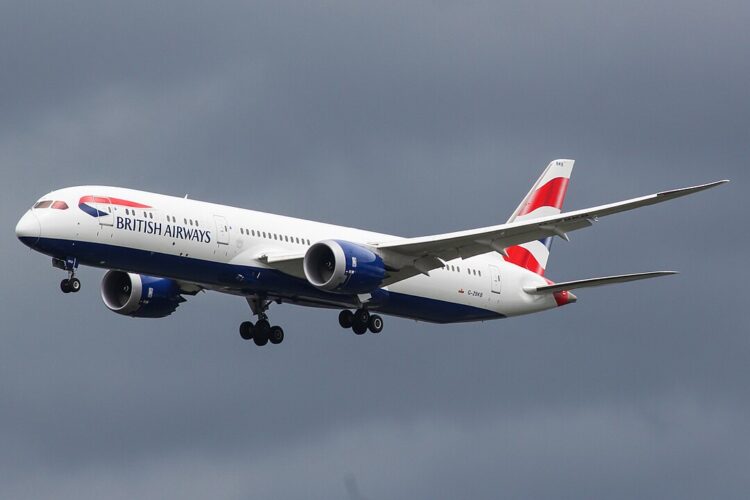

The integrated touchscreens will give crew access to system controls, flight management, communications, checklists, and monitoring weather and flight information.Ī new wing design manufactured in-house at Gulfstream for the first time provides increased performance and passenger comfort. There are 10 touchscreen controllers providing pilots with a tremendous amount of flight information. This feedback through the flight control stick allows both the pilot and copilot to track and feel the controls of each other and the autopilot.įlight instruments are brilliantly displayed by Honeywell's Symmetry flight deck. This private business jet, announced alongside its sister ship the G600 in fall 2014, features fly-by-wire active side-stick that provides visual and tactile feedback for the flight crew-technology previously available only for military aircraft. Sadly, the shift toward stealthy and lethal unmanned aerial warplanes may replace the need for such a complex and costly aircraft like the proposed SR-72. Rumors surrounding the development of the SR-72 have circulated for nearly a decade, but most recently, Lockheed Martin has won a government contract to study the feasibility of building a propulsion system capable of Mach 7 for the Blackbird's successor. The void that the Blackbird's retirement created has many wondering what new machine can match the sheer brilliance of the SR-71's design and capabilities. ✈ What Made the SR-71 Blackbird Such a Badass Plane If the plane ever encountered a surface-to-air missile ( and it did), standard protocol was to accelerate and outrace any threat. The Blackbird's basic stealth characteristics and ability to operate at ridiculous speeds and altitudes allowed the SR-71 to perform dangerous reconnaissance missions. That mark has stood for nearly 40 years, and there doesn't seem to be a challenger rising anytime soon.
#787 flight deck photos series
Major aerodynamic improvements combined with all new engines resulted in a 20 percent increase in fuel efficiency over the Boeing 767 that the Dreamliner is replacing.ĭespite development woes-including five delays for the maiden flight, battery problems, and a series of cancelled orders due to overweight issues-the 787 is now setting the standard for quiet and lightweight jetliners, the kind that will increasingly fill the skies in the future.Īlthough the Blackbird last flew in 1999, it still holds the world record for the fastest air-breathing manned airplane in history, which it first achieved in 1976. Composites were used to build parts of the interior, doors, and tail, too, and to give the all-new wing design a dramatic flex under load.Ī fly-by-wire flight system replaces a traditional hydraulic/bleed air power systems in favor of electric servos to manipulate control surfaces.

The fuselage is assembled by joining large composite barrel sections, as opposed to the traditional method of attaching multiple aluminum sections with thousands of fasteners. The Dreamliner is Boeing's first ever airliner constructed primarily out of composite materials. This performance inspired an aviation revolution across western Europe that would lead to rapid advancement in the understanding and development of powered flying machines. They went on a public tour instead, and nearly five years after their first flight, Wilbur Wright became world famous overnight after a public showing at the flying field in LeMans, France, in 1908 before a very skeptical audience.

and European governments as military vehicles. Not satisfied with being first in flight, the brothers spent many years unsuccessfully attempting to sell their invention, specifically to the U.S. ✈ The Long, Weird History of the Flying Car This concept is still used on virtually every plane in the air today. The Wrights' use of wing warping to achieve bank, in coordination with yaw from the rudder, allowed their craft to be properly controlled. But don't forget: the Wright Brothers achieved an unprecedented level of airmanship-and marketing-that went far beyond those first few minutes aloft on the beaches of Kitty Hawk. The machine that made the first successful flight in a heavier-than-air powered aircraft may be the most important airplane of all time.


 0 kommentar(er)
0 kommentar(er)
